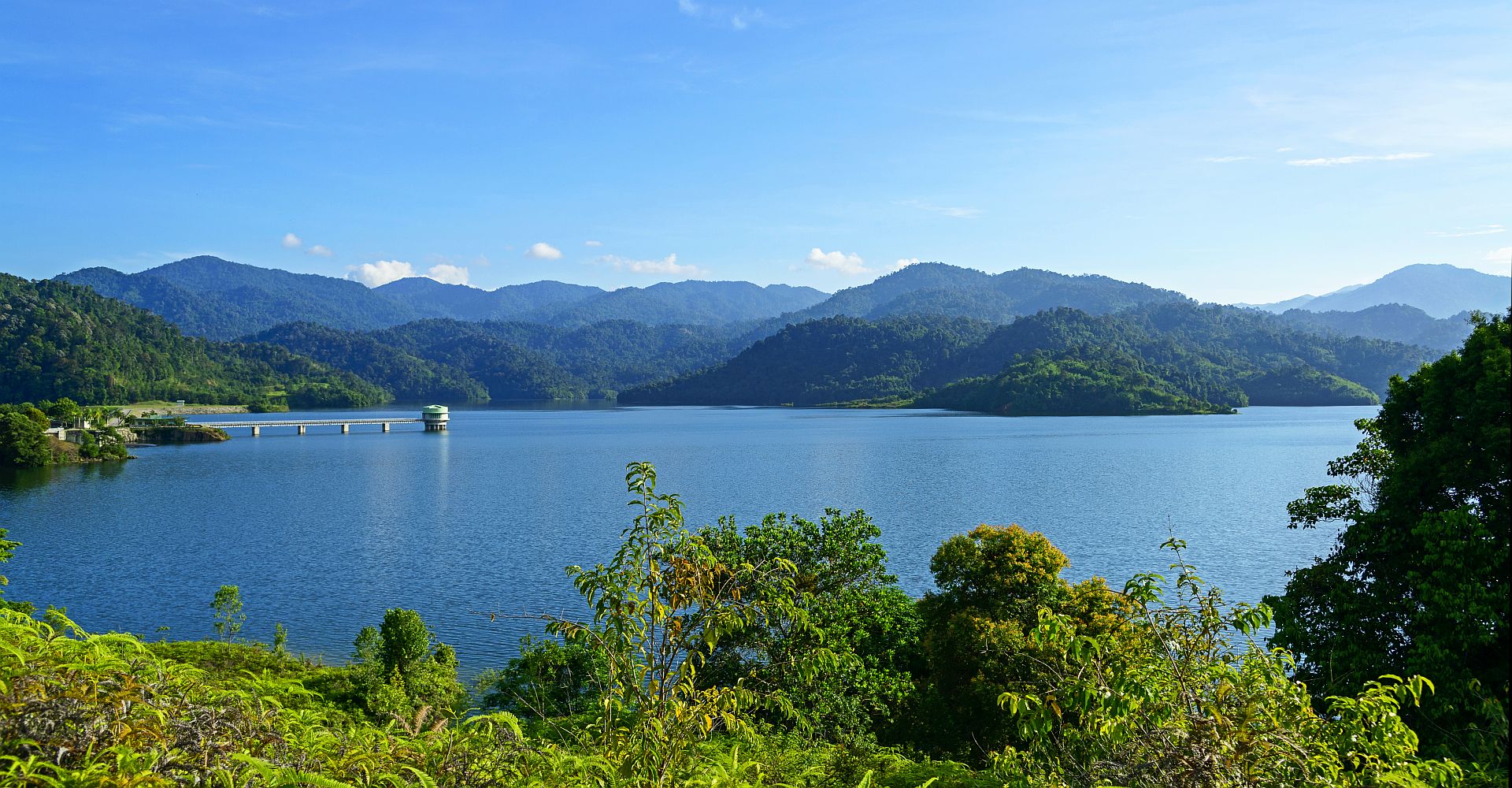Though we can’t travel with complete freedom now, David Bowden finds a fascinating part of Selangor called Kuala Kubu Bharu that’s part of an easy, enjoyable circuit route from Kuala Lumpur.
The historic details of colonial Malaya fascinate me and others as they help in our understanding of the present and prepare us to face the future. Malaysia gained independence in 1957, but the country had captured the attention of European powers centuries before. First it was the Portuguese who exploited the country’s natural resources, then the Dutch, and finally the British. Traders from Arabic countries, along with China, Siam (now Thailand), and the neighbouring islands of Sumatra and Java also traded with the locals, as well as introduced new religious beliefs and a range of customs, values, and rituals. All this, plus the Malayan Peninsula’s strategic location on the major maritime waterway of the Straits of Malacca, laid plenty of groundwork to ensure that Malaya would become a complex, richly multicultural society.
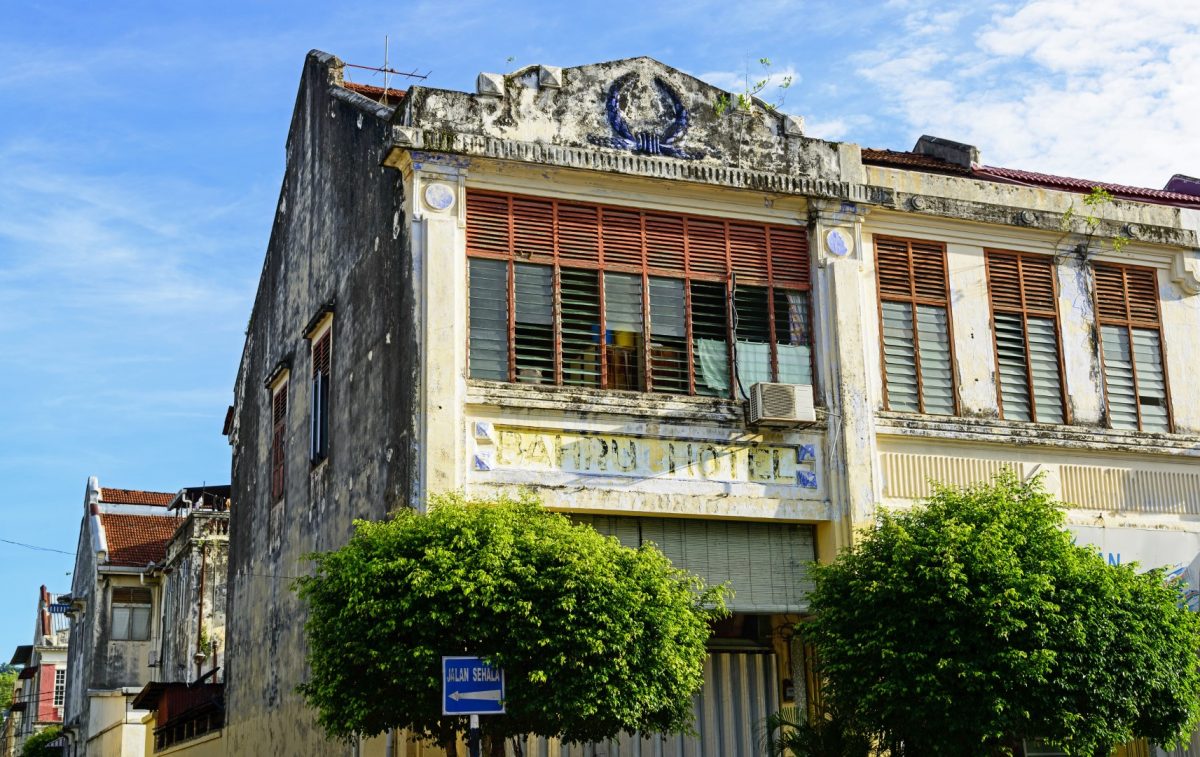
Being a maritime nation, trade first began in the coastal areas, with the hinterland following. Inspired by its agricultural accomplishments in Ceylon (now Sri Lanka), the British turned their attention to Malaya as a suitable venue for extensive agricultural production. Tea and coffee crops were planted out in the cooler highlands, and then rubber trees followed once the demand became apparent with the development of the motor vehicle. Forests were cleared and plantations were established.
In the middle of the 19th century, the demand for tin exploded with the invention of the tin can. By the first quarter of the 20th century, Malaysia had become one of the world’s largest producers of tin and rubber. The Kinta Valley south of Ipoh was the epicentre for tin mining, but the metal was also mined in other parts of the country, especially Pahang with the underground mine at Sungai Lembing, the largest mine of its type in the world.
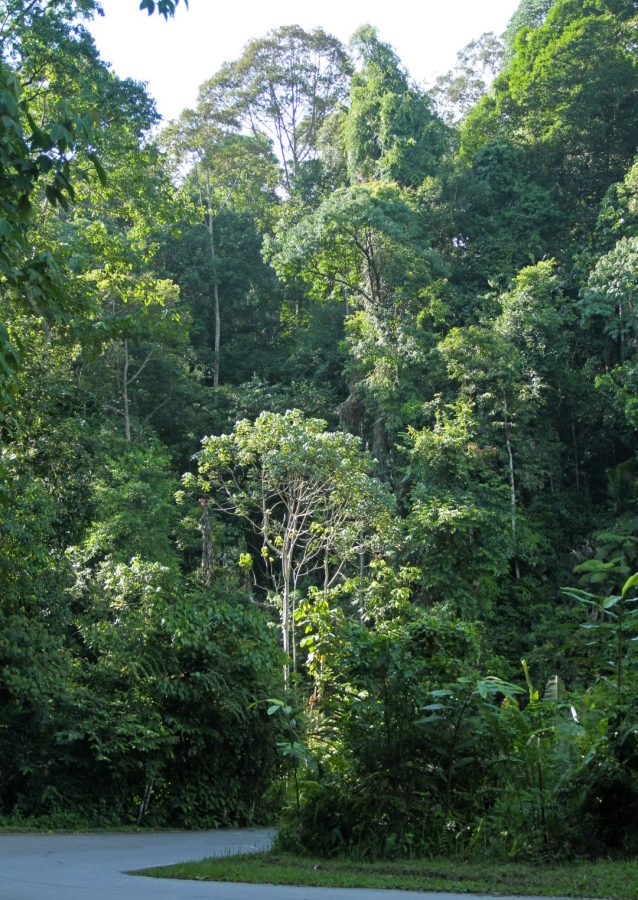
A SERVICE TOWN
During my Covid-inspired hibernation, I became interested in the town of Kuala Kubu, now known as Kuala Kubu Bharu (KKB as it is affectionately known to the locals), as the original town was washed away in a flood in 1883. The newer planned town is set out in a grid pattern and lies 63km north of Kuala Lumpur just off the old highway to Ipoh. There is a train station, but anyone who uses the railway will have a long 2-km walk into town.
While the train journey fascinated me, I was actually more interested in a circuit route from Kuala Lumpur via Rawang to KKB and across the Titiwangsa Range via the Gap to Tranum, Bentong, and then back to Kuala Lumpur. This is all doable as a day journey, but with ongoing lockdowns and confinement having taken a toll, you may be like me in becoming intrigued by the macro detail of the landscape. If you’re one for lingering, there is a lot to see.
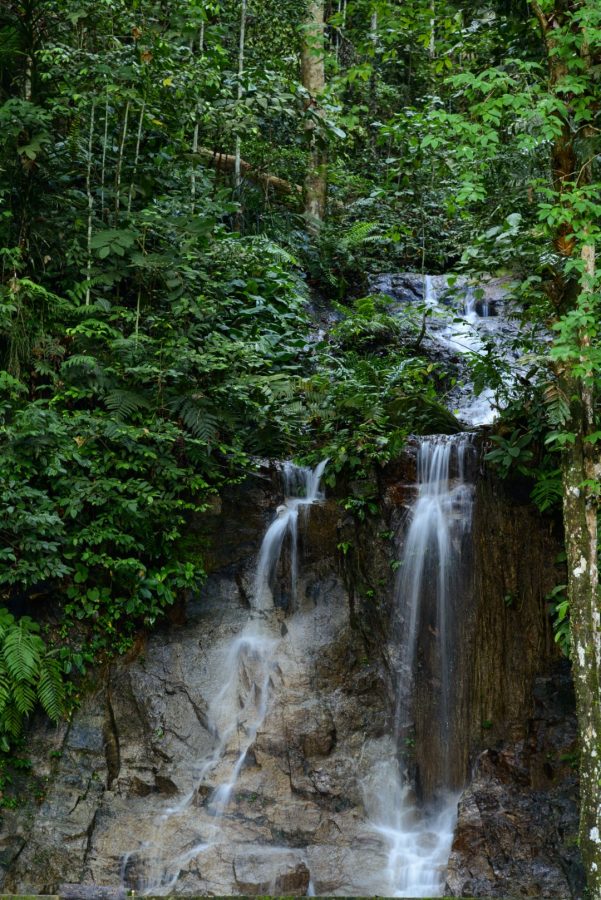
While there is nothing spectacular about KKB, it takes on the role as a gateway to adventures further inland. For many, the journey to destinations like Fraser’s Hill commences in the lowlands, with KKB at the beginning of the tortuous road that winds its way up the main range.
Fraser’s Hill is positioned over the Selangor-Pahang divide, with the line of demarcation on the main road onto the hill a bit of a tourist site itself.
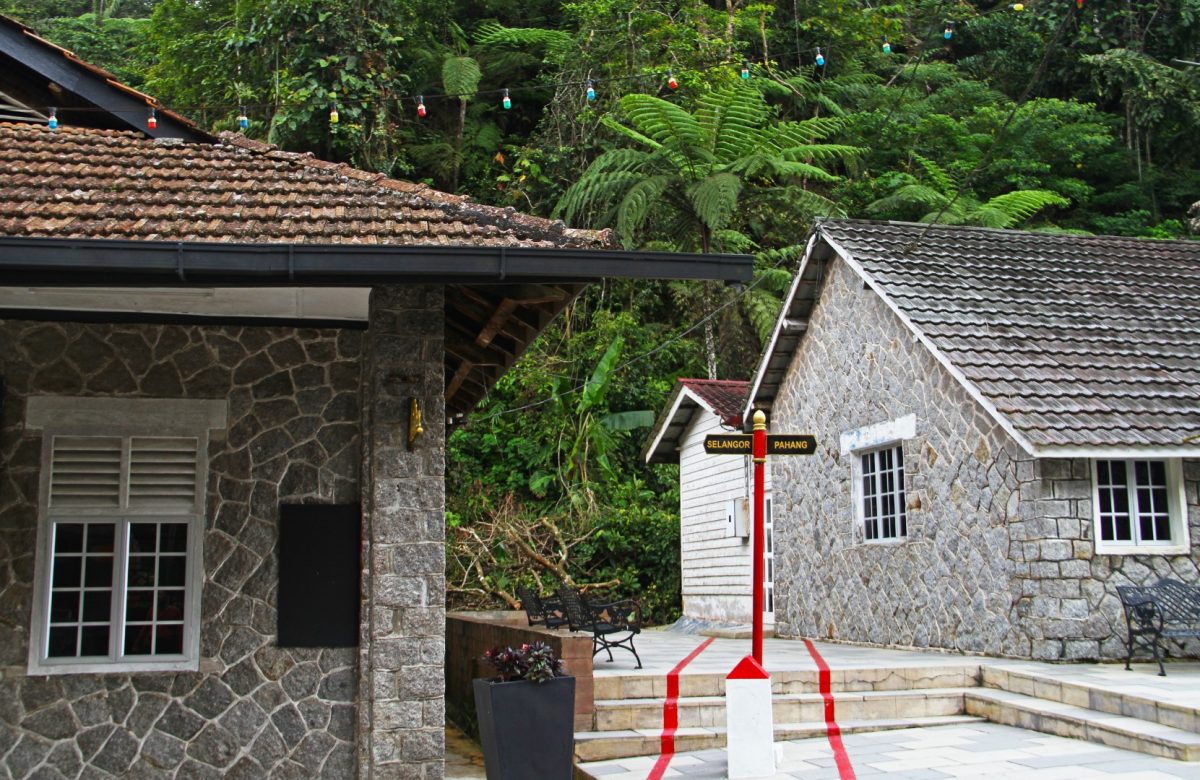
As it’s just one hour from Kuala Lumpur, KKB is the perfect place to stop for breakfast. The road from here inland towards Fraser’s Hill is popular with cyclists who use the climb for endurance riding. The carpark near the KKB Stadium and Masjid Jamek Ar-Rahimah is where many park and assemble before ascending the mountain in groups. Motorists are advised to drive carefully on the road to the Gap and Fraser’s Hill because it has many twists and turns with little room for cyclists and cars. Motorists are always urged to give way to the cyclists so everyone can enjoy their day. After a rest at the Gap, the cyclists return down the hill to KKB, so expect to see bicycles in both directions.
These cyclists may also take their breakfast or lunch in town especially at restaurants such as Kedai Makanan Basikal Stopover. There are Chinese, Indian, and Malay restaurants along with some bakeries in the town, so you can take your pick. Over breakfast at Teng Wun Bakery, I read up on KKB’s place in the country’s early history.
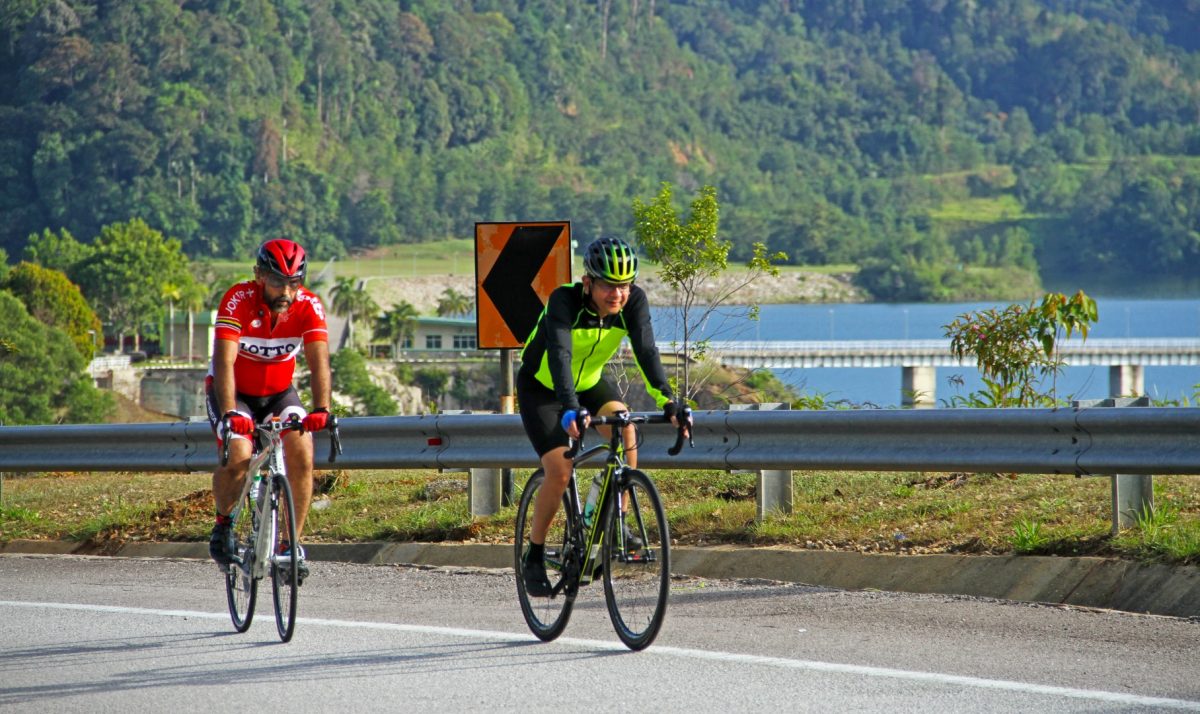
Minerals such as tin and the always-beckoning opportunity to become wealthy helped open up the rugged interior of Malaya, including Fraser’s Hill near where I was heading. KKB became a service town for the miners of Fraser’s Hill, especially Lewis James Fraser, one of the pioneer tin miners on the hill that was eventually named after him.
In the 1890s, he used ponies to transport tin ore from the mountain to KKB for shipping onto Kuala Lumpur and Port Klang. He became quite the entrepreneur, too, transporting his ore (and that of other miners) as well as essential goods back to the mining operations. The initial forested route over the range was steep, rugged, and prone to landslides, and the colonial administrators contracted Fraser to develop a bridle path to better service the state of Pahang which was then just opening up.
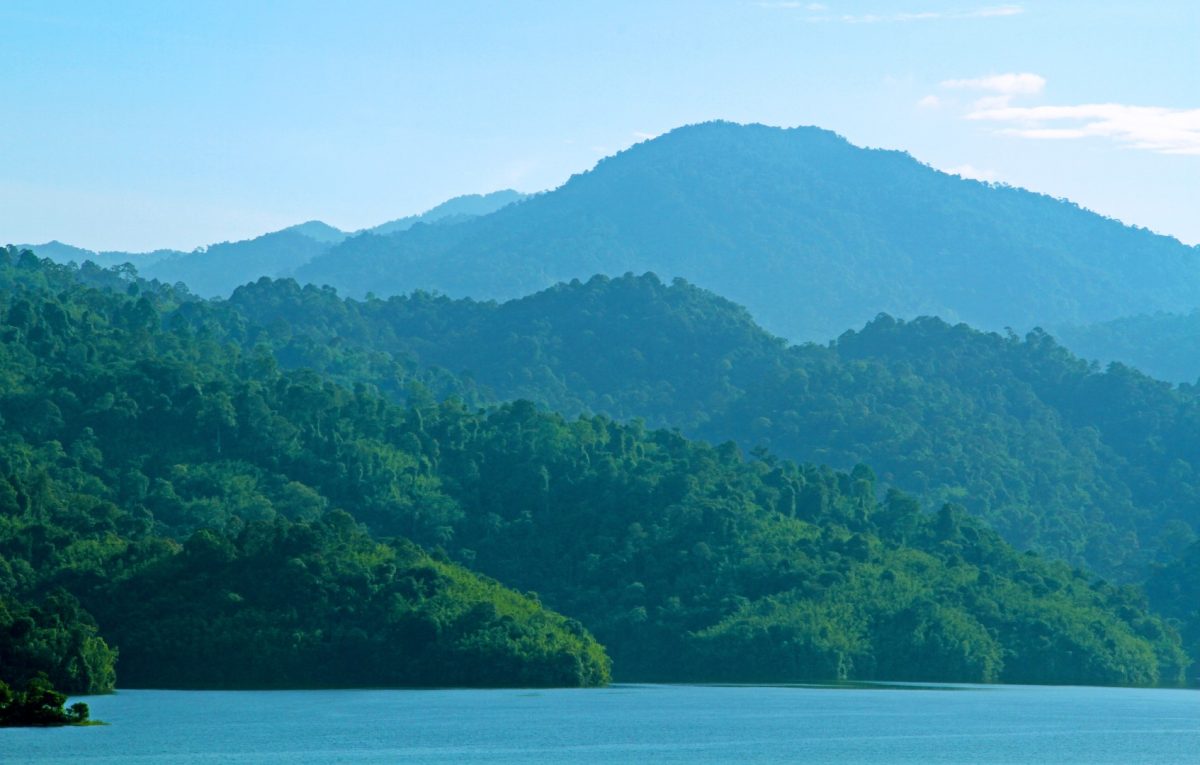
A GAP IN HISTORY
The path they crossed the range became known as The Gap. (The road to Fraser’s Hill heads up the hill from here.) It continued down the eastern side of the range to Tranum, Tras, Raub, Bentong, and Kuala Lipis. The Gap is located in Selangor at 884m above sea level and 104km from Kuala Lumpur.
The narrow winding road from KKB passes the Sungai Selangor Dam, which supplies water to Kuala Lumpur. There are various places to stop to admire the lake’s beauty and the rolling foothills of the main range, while just beyond the bridge on the lake’s eastern perimeter, a road to the right leads to Lata Medang, a swimming hole and picnic area popular with the locals. Accommodation in and around KKB is predictably limited, but those who are interested should check out places like Sarang by the Brook, Hillside Batu Retreats, Hotel Sahara, and The Sticks. The latter, located on Sungai Chiling to the northeast of the dam beyond KKB, has developed a reputation as a forest escape.
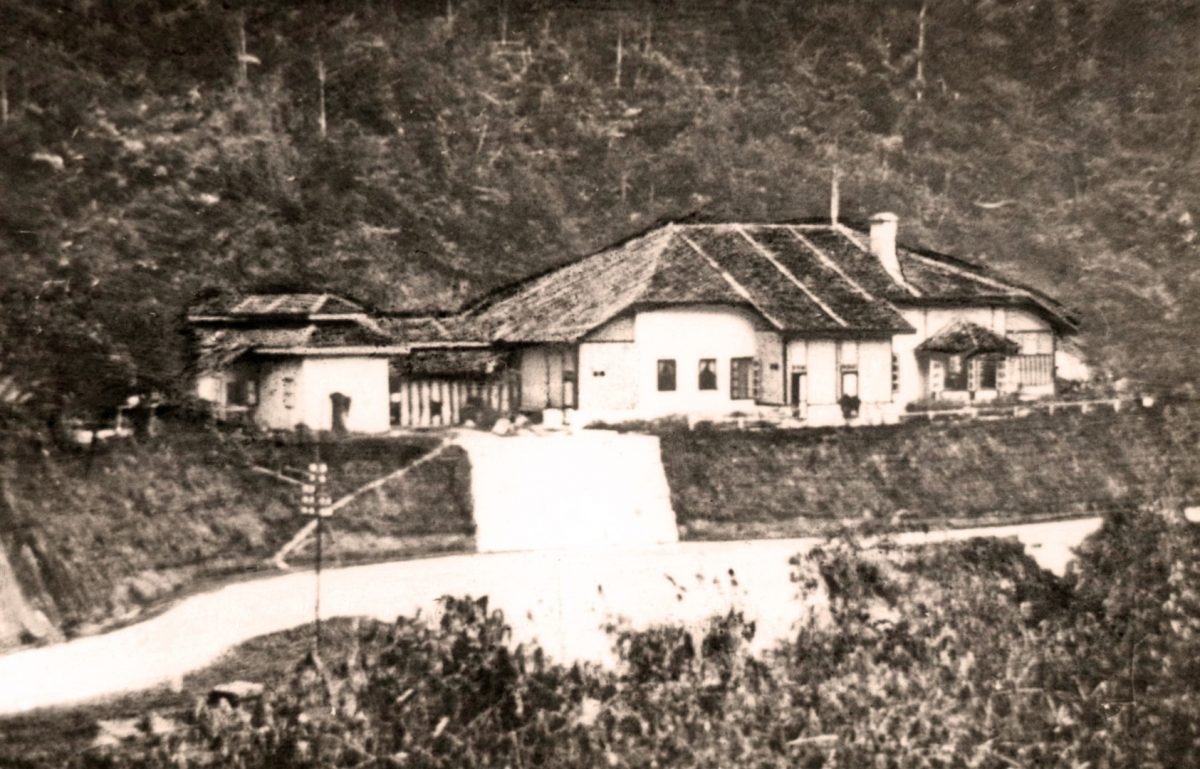
In the early days, The Gap became the obvious place to rest for those crossing the main range, and in 1898 the Gap Government Resthouse was opened to offer four bedrooms and meals for intrepid travellers. It was an impressive two-storey mock Tudor-style structure that incorporated a restaurant, gardens, a lounge room, and bedrooms. There were even fireplaces to provide a welcoming ambiance on the coldest evenings.
At the turn of the century, there were very few holiday options for colonialists working in Malaya, and The Gap built something of a reputation as a venue for a relaxing change, a holiday, or even a honeymoon. A Kuala Lumpur-based company started a motorcar service to The Gap, and on my last journey up the road I imagined what an adventure that must have been back then.
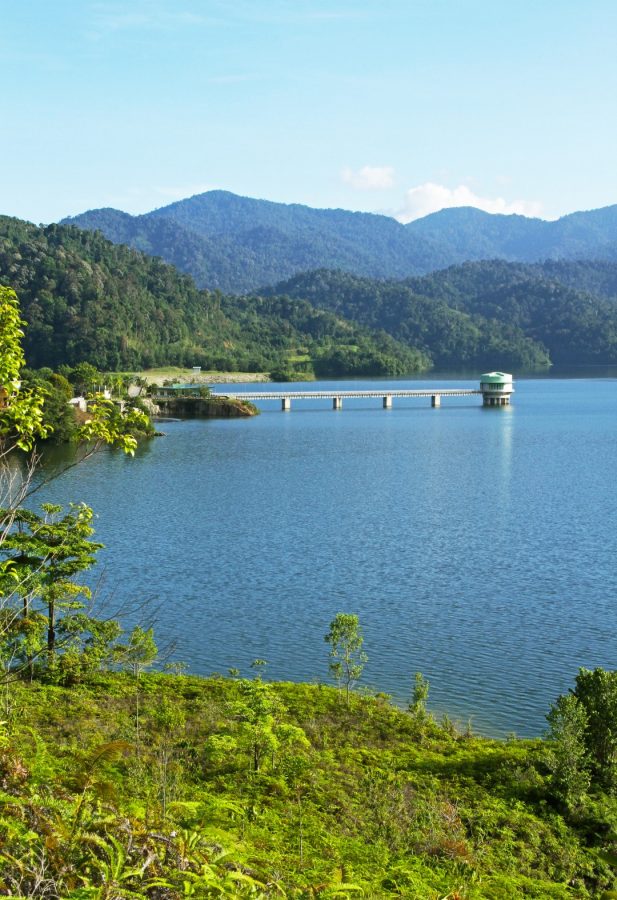
In the 1920s, Fraser’s Hill was opened up but The Gap stayed as an integral part of the travel jigsaw because the road from The Gap to Fraser’s Hill was single lane with the traffic flow changing on alternate hours. Motorists who got their timing wrong rested and waited in the resthouse at The Gap. I have stopped here on several visits and even stayed once in what was best described as a renovator’s delight or gloriously decrepit, but I appreciated its under-utilised charm. Despite surroundings and services being reminiscent of Faulty Towers, I had visions of it becoming a superb destination restaurant with glorious accommodation curated by boutique luxury hospitality leaders such as Aman or Alila.
In the 1990s, the government took over the management of The Gap, but this arrangement was not long lasting, and the entire operation was soon abandoned. Sadly, all that remains of the once famous and popular resthouse is a crumbling ruin that looks beyond repair. I was shocked to see how this potentially wonderful building has been allowed to fall into utter decay, apparently without any accountability by those charged with its administration. Should you ever visit, stop and admire the shell of the building, try and get a sense of its role in history while being angered by its current state of neglect and deterioration.
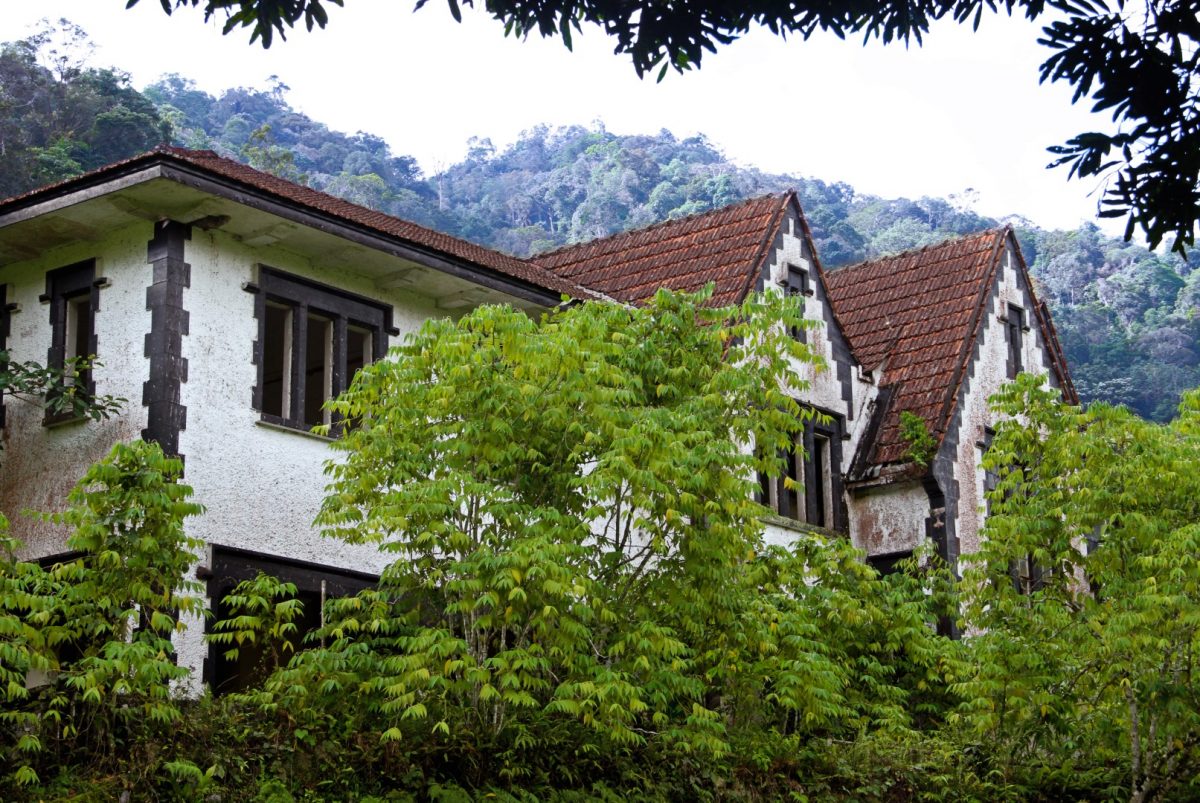
A DAY IN THE MOTOR
Over breakfast in KKB, I read an account of a 1914 road journey across The Gap. P.A. Anthony made the trip from Kuala Lumpur to Bentong, Tras, The Gap, and on to Kuala Kubu. Heading out of Bentong, he noted the following:
An interesting motor drive which takes the traveller through the very heart of the wildest, most untouched jungles is that from Kuala Lumpur to Kuala Kubu through Bentong. Leaving Bentong, the ascent begins again through a section of bamboo jungle, but drops again to reach the little villages of Tranum and Tras. Here we turn to the left and begin to mount again. At the 28 mile begins to blow a breeze which started at the China Sea and is going to end in the Straits of Malacca. It is deliciously cool and the views on both sides of the ridge along which the road runs are magnificent. The Gap Resthouse should be reached by 3 p.m., and there will be perhaps time for tea and to admire the roses and dahlias which grow so well at this height of about 2,900 feet. From here, we drop steadily down on a very good and quite broad road to Kuala Kubu.
Through this drive it is advisable to have the hood of the motor down as much as possible, or much of the scenery is lost. Though the grades are never worse than 1 in 26 and mostly 1 in 30 or 1 in 40, the road is winding. On the whole length of it there is motor-bus traffic, and also bullock-carts, so that it demands careful driving and good brakes. The advantage of going from Kuala Lumpur to Kuala Kubu, and not the other way, is that the most formidable section, Kuala Lumpur to Ginting pass, is taken uphills.
Having done this journey, it is interesting to note that not much appears to have changed apart from the bullock carts, the closure of The Gap Resthouse, and Ginting now being spelt Genting.
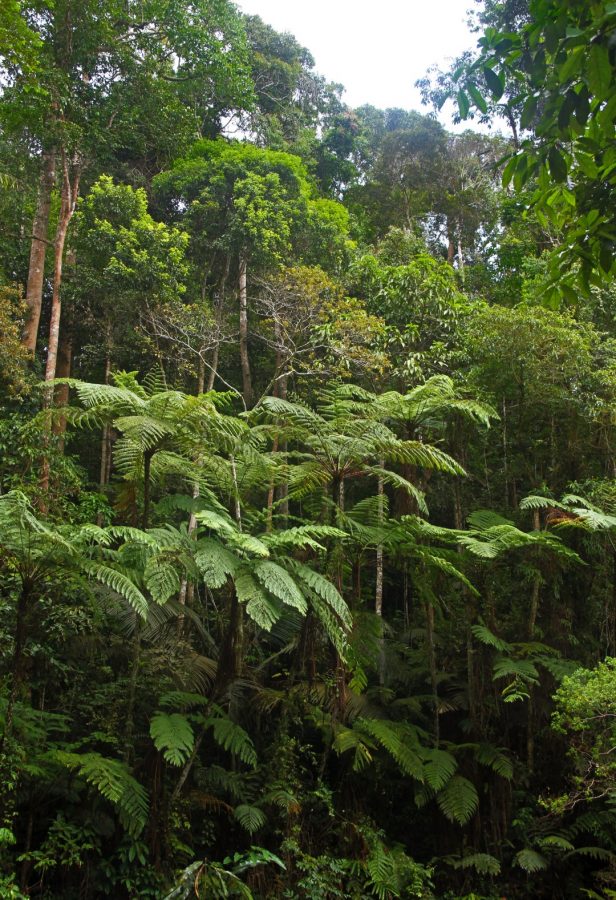
ROUTE PLANNING
Visitors have several options with a day trip or an extended visit. For those doing a day trip, arrive in KKB for brunch and then take a walking tour admiring the town’s old buildings. Head off towards Fraser’s Hill next, stopping to admire the dam, rapids, waterfalls, and Sungai Chiling on the way to The Gap. Take some time out at while here to look at the ruins of the resthouse before continuing down the eastern side of the range to Tranum.
Afterward, drive to Bentong for a late lunch (Yuen Kee Kopitiam is a good place), have a look around the town, and enjoy an ice cream sundae at Kow Po Ice Cream House before heading back to Kuala Lumpur. More time can be spent at each destination or site on an extended visit, and it’s a great change of pace for anyone looking to escape the city and shake off those lockdown doldrums while still avoiding the crowds.
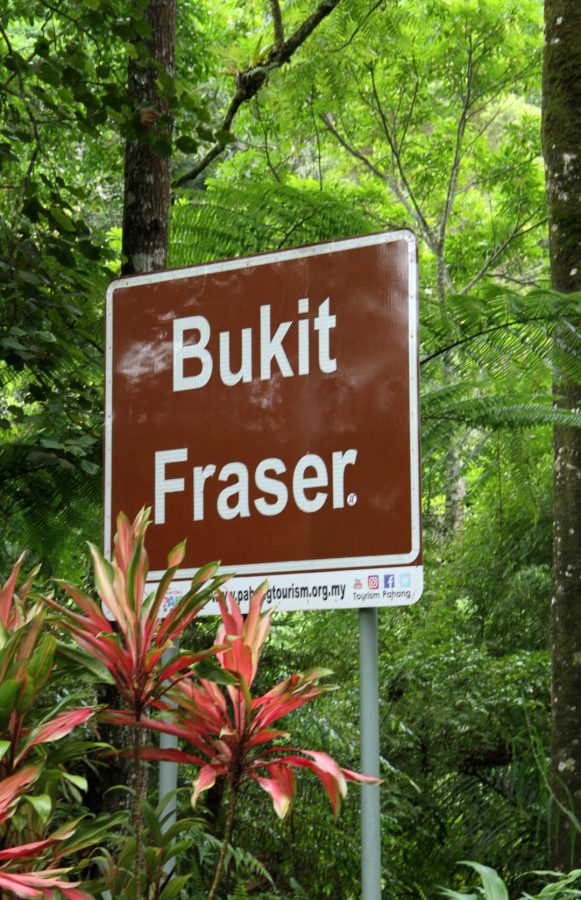
"ExpatGo welcomes and encourages comments, input, and divergent opinions. However, we kindly request that you use suitable language in your comments, and refrain from any sort of personal attack, hate speech, or disparaging rhetoric. Comments not in line with this are subject to removal from the site. "


